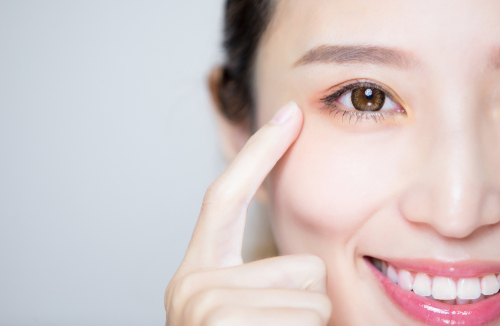As this week is World Glaucoma Week 2023 (12th –18th March), Kyla Black BSC(Hons) MCOptom, Head of Professional Services at Boots Opticians, shares her advice on spotting the signs and managing the symptoms of glaucoma.
Glaucoma does not usually cause any symptoms to begin with and tends to develop slowly over many years, but it can lead to loss of vision if it is not diagnosed and treated early.
Kyla said: “Glaucoma is a common eye condition that affects people of all ages but is most common in adults in their 70s and 80s. It is where the optic nerve, which connects the eye to the brain becomes damaged. This is caused by a build-up of fluid in the eye, which then increases pressure inside the eye.
“Most commonly, glaucoma affects your peripheral vision first, and this can go unnoticed initially because your central vision, which we use for things such as reading, recognising faces and watching TV, remains good. For this reason, many people don’t realise they have glaucoma, and the only way to know if you are affected is to go for regular eye health checks.
“During an eye check, your Optometrist will check for any signs of glaucoma in the back of the eye and may also check the pressure inside the eye and complete a visual field test to check the peripheral vision. Many of our Boots Opticians stores offer OCT eye scans, a cutting edge, non-invasive tool which allows the Optician to see what’s going on under the surface of the eye. The scan only takes a couple of minutes and can help to detect underlying conditions such as macular degeneration and glaucoma before any symptoms may occur.

“Very occasionally, glaucoma can develop suddenly, with the onset of symptoms including intense pain or redness in your eyes. You may also experience nausea and vomiting, headaches or blurry vision or even seeing rings around lights. If left without treatment it can eventually lead to blindness, which is why early detection is so important. Both eyes are usually affected, although it may be worse in one eye.
“Certain factors can increase your risk, including your age, as it becomes more common as you get older, those with a family history of glaucoma, people of African, Caribbean or Asian origin, or those with other ocular/medical conditions – such as short-sightedness, long-sightedness and diabetes.

“Glaucoma is a life-long, chronic disease that cannot be cured and any sight lost due to glaucoma cannot be regained. But the good news is, with effective treatment, the damage can be slowed and therefore stopping the progression of sight loss. The treatment recommended will depend on the type of glaucoma you have, but options include eyedrops to reduce the pressure in your eyes, laser treatment to open up the blocked drainage tubes or reduce the production of fluid in your eyes, or surgery to improve the drainage of fluid.
“It is important that you go for a routine eye test at least every two years, even if you’re not experiencing any problems with your eyes or vison, as it can help spot early signs of many eye health conditions, including glaucoma. If you have any concerns about your eyes, you should see your Optometrist or GP for advice.”





